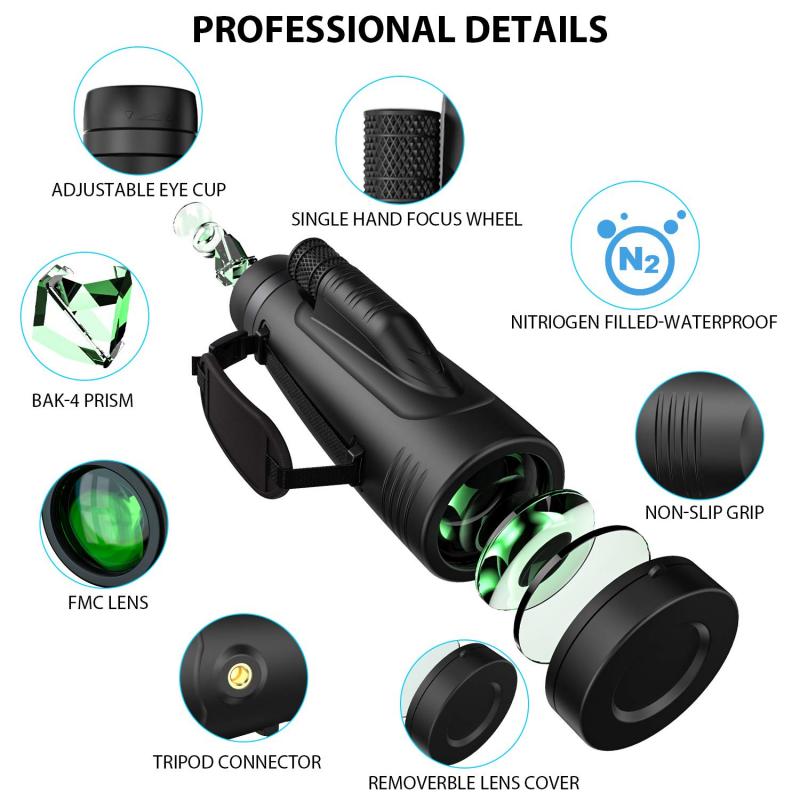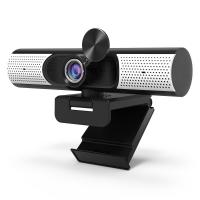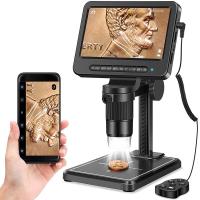When Was The Monocular Light Microscope Invented?
The monocular light microscope was invented in the late 16th century, with credit often given to Zacharias Janssen and his father Hans. This early version of the microscope used a single lens and was a significant advancement in the field of microscopy.
1、 Invention of the Monocular Light Microscope

The monocular light microscope was invented in the late 16th century, with credit often given to Dutch spectacle maker Zacharias Janssen. However, there is some debate about the exact date and inventor, as similar devices were also being developed around the same time by other individuals. The earliest known description of a compound microscope dates back to 1590, when the Dutch scientist Zacharias Janssen and his father Hans Janssen created a simple microscope using a convex lens and a concave eyepiece.
The invention of the monocular light microscope revolutionized the study of biology and paved the way for significant advancements in the field of microbiology. It allowed scientists to observe and study tiny organisms and structures that were previously invisible to the naked eye, leading to groundbreaking discoveries in the understanding of cells, bacteria, and other microorganisms.
From a modern perspective, the invention of the monocular light microscope represents a crucial milestone in the history of science and technology. It laid the foundation for the development of more advanced microscopy techniques, such as the electron microscope, which have further expanded our understanding of the microscopic world. The monocular light microscope continues to be an essential tool in scientific research and education, enabling scientists and students to explore the intricate details of the natural world at a microscopic level.
2、 Early Development of Microscopy

The monocular light microscope was invented in the late 16th century, with credit often given to Zacharias Janssen, a Dutch spectacle maker, and his father Hans. They are believed to have created the first compound microscope around 1590. This early development of microscopy revolutionized the way we perceive the world around us, allowing scientists to explore the intricate details of biological specimens and paving the way for significant advancements in various scientific fields.
The invention of the monocular light microscope marked a crucial turning point in the history of science, enabling researchers to observe and study microorganisms, cells, and other tiny structures that were previously invisible to the naked eye. This breakthrough laid the foundation for the field of microbiology and contributed to our understanding of the fundamental building blocks of life.
In recent years, there has been a resurgence of interest in microscopy, driven by technological advancements that have led to the development of more sophisticated and powerful microscopes. These modern instruments, such as confocal microscopes and super-resolution microscopes, have expanded our ability to visualize and analyze biological samples with unprecedented clarity and precision. As a result, researchers are now able to delve even deeper into the complexities of cellular and molecular biology, opening up new frontiers in scientific discovery.
Overall, the invention of the monocular light microscope represents a pivotal moment in the history of science, and its ongoing evolution continues to shape our understanding of the natural world.
3、 Contributions of Antonie van Leeuwenhoek

The monocular light microscope was invented in the late 16th century, with the exact date of invention being difficult to pinpoint. However, it is widely accepted that the Dutch scientist Antonie van Leeuwenhoek made significant contributions to the development of the monocular light microscope in the 17th century. Leeuwenhoek is often credited with being the first to observe and describe microorganisms, which he called "animalcules," using a single-lens microscope of his own design.
Leeuwenhoek's contributions to microbiology and microscopy were groundbreaking, as his observations paved the way for the understanding of the microbial world and the development of modern microbiology. His meticulous observations and detailed drawings of microorganisms provided crucial evidence for the existence of a previously unknown microscopic world.
From a modern perspective, Leeuwenhoek's work is considered foundational to the fields of microbiology and microscopy. His pioneering use of the microscope and his detailed observations laid the groundwork for the development of modern microbiological techniques and our understanding of the microbial world.
In conclusion, while the exact date of the invention of the monocular light microscope is unclear, Antonie van Leeuwenhoek's contributions to the field of microbiology and microscopy are widely recognized as pivotal. His work continues to inspire and inform scientific research in these fields to this day.
4、 Improvements in Lens and Illumination Technology

The monocular light microscope was invented in the late 16th century, with the exact date of invention being attributed to the Dutch spectacle maker Zacharias Janssen in the 1590s. However, it is important to note that the development of the microscope was a gradual process, with contributions from multiple individuals over time.
The improvements in lens and illumination technology played a crucial role in the advancement of the monocular light microscope. In the early days, the quality of the lenses and the source of illumination were limiting factors in the microscope's capabilities. However, advancements in lens manufacturing techniques and the development of brighter and more focused illumination sources greatly enhanced the resolution and clarity of microscopic images.
In recent years, there have been significant advancements in lens technology, particularly with the development of high-quality, precision-engineered lenses that offer improved magnification and resolution. Additionally, the integration of advanced illumination sources such as LED and laser technology has further enhanced the capabilities of modern monocular light microscopes.
These advancements have allowed researchers and scientists to explore the microscopic world with unprecedented clarity and detail, leading to breakthroughs in various fields such as biology, medicine, and materials science. As technology continues to evolve, we can expect further improvements in lens and illumination technology to drive the continued advancement of monocular light microscopes, opening up new possibilities for scientific discovery and innovation.






































